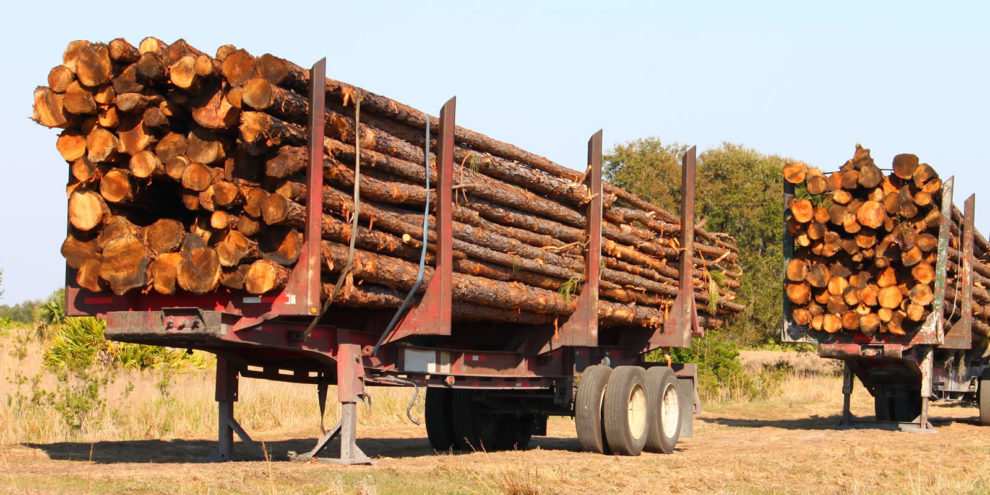Fevered lumber prices appear to have broken due to a combination of producers (sawmills) catching up and demand moderating in the repair and remodeling (R&R) market. Labor remains a factor across the supply chain, in home construction, at mills and, critically, for truck drivers (especially in the U.S. South). In the pulp and paper and pellet sectors, we continue to consider consolidations combined with shifts in paper grades and raw material mixes (e.g. growing recycled paper capacity).
We are mindful of overgeneralizing. As noted by Tim Gammell, Editor of the Forisk Wood Fiber Review (FWFR), Q2 is often a “weak quarter” for drawing conclusions, as it includes mud season and maintenance activities, especially in Canada and across the Northern U.S. Still, shifts in regional markets continue to raise questions from timberland investors about capital investment and, by association, markets for wood fiber such as pulpwood and mill residuals.
Wood Fiber Markets and Timberland Management
For the first half of 2021, the management of risk dominated conversations with forest industry professionals, even as firms continue to invest capital into sawmills, pulp mills and pellet plants. In the past four quarters, North America added 1.4 billion board feet (BBFT) of sawmill capacity, with another 1.9+ BBFT of capacity coming online over the next 12-15 months (including Canfor’s plans for a new 250 MMBF mill in Louisiana in 2022). The size and location of this capacity influences the current availability and expected pricing for residual wood fiber and roundwood pulpwood by region.
Given capital investment activity in the spring of 2021, how did fiber pricing look in select regions and how does it affect timberland investors?
- In the U.S. South Central region, residual chips held steady for softwood and hardwood, while roundwood prices were up, which supported timberland investors looking to advance forest management activities tied to thinnings.
- In the U.S. Lake States, fiber prices largely fell across the board for the third quarter in a row, reinforcing the precarious situation in the region for timberland investment strategies. A core focus has been managing the “imbalance” of wood demand from grade versus pulpwood markets and pulpmills close. (Which made Huber’s recently announced new OSB plant for Minnesota especially welcome news.)
- Western Canada continued to show quarterly price increases for chips in US dollars. In Alberta and BC, the price of softwood residual chips increased significantly due to their formulaic ties to the price of NBSK. These fiber markets have less direct impact on timberland investors due to the low percentage of private forest ownership in the region. However, investments in mills do affect log markets in the Pacific Northwest.
The importance of wood fiber markets remains a central topic in conversations with clients and investors for both tactical and strategic reasons. To help address this topic, Forisk’s 5th annual “Wood Flows and Cash Flows” conference on September 2nd, 2021 includes an Executive Panel dedicated to the topic of wood fiber markets.
This content may not be used or reproduced in any manner whatsoever, in part or in whole, without written permission of LANDTHINK. Use of this content without permission is a violation of federal copyright law. The articles, posts, comments, opinions and information provided by LANDTHINK are for informational and research purposes only and DOES NOT substitute or coincide with the advice of an attorney, accountant, real estate broker or any other licensed real estate professional. LANDTHINK strongly advises visitors and readers to seek their own professional guidance and advice related to buying, investing in or selling real estate.










Add Comment